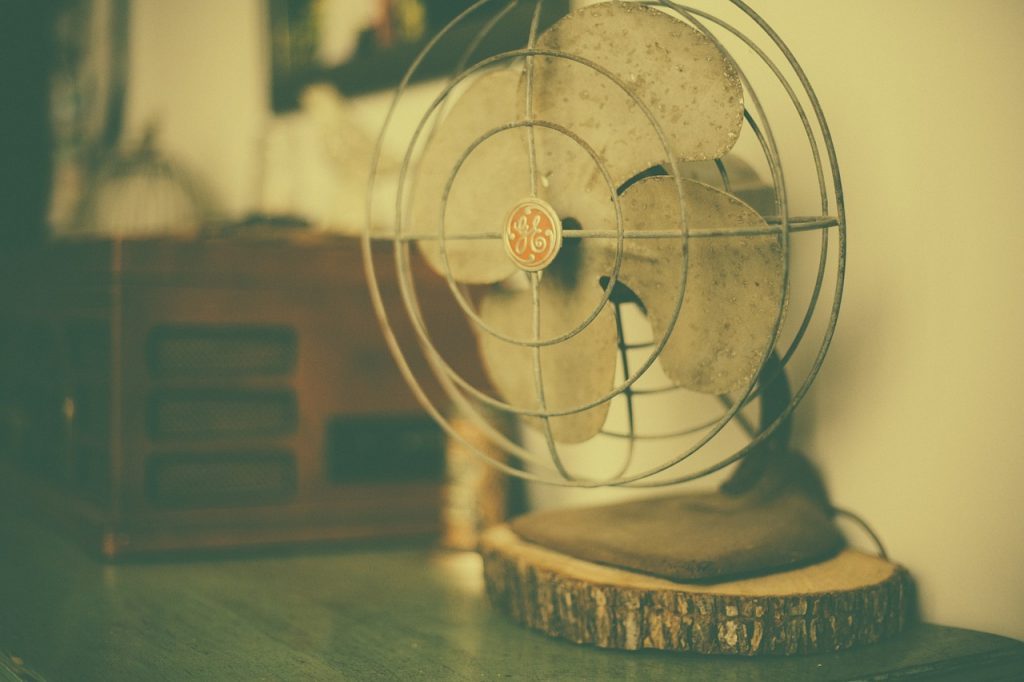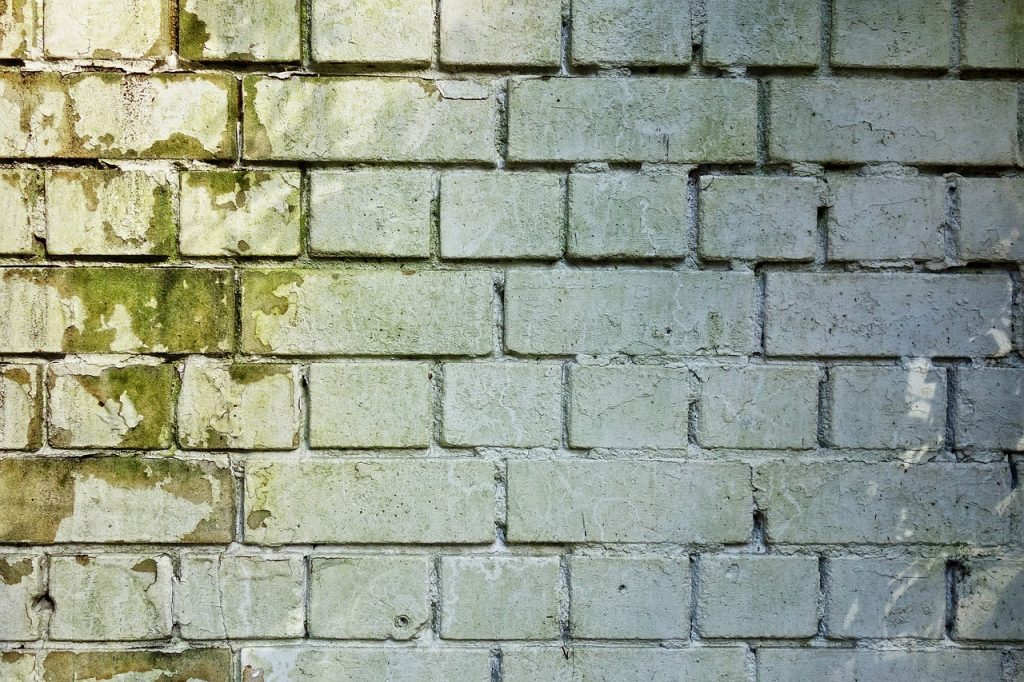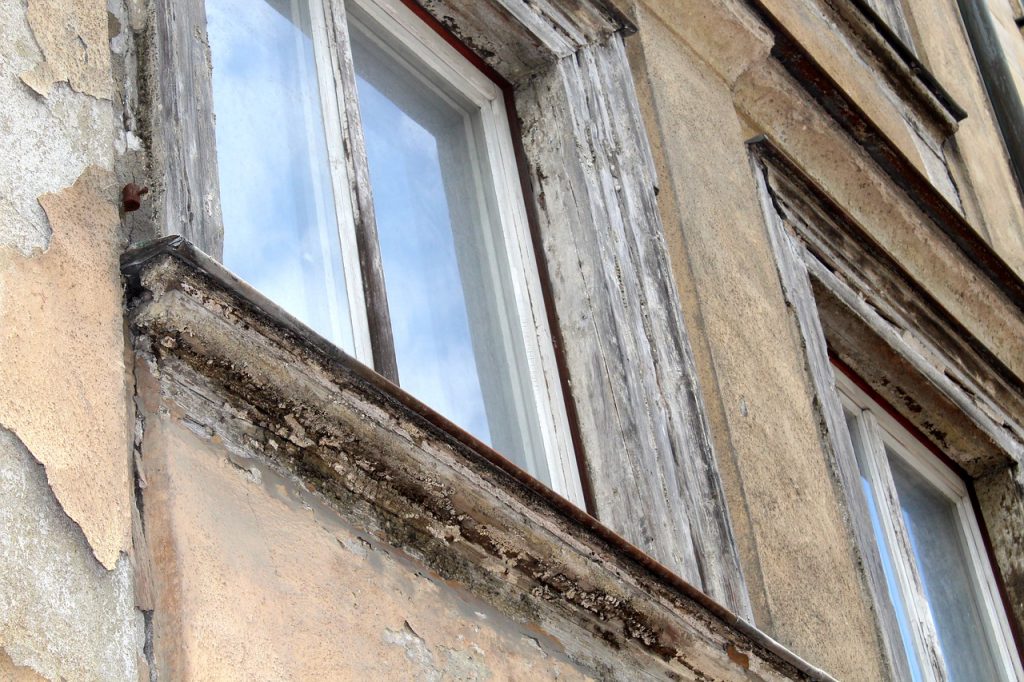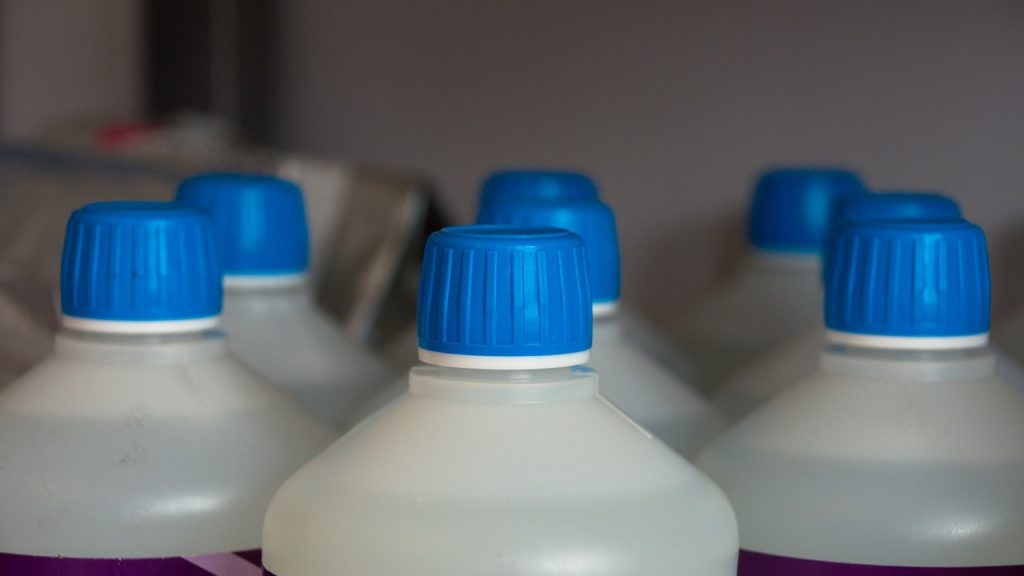What Part Of Your Home Is Making You Sick?
Your home is supposed to be a safe haven that protects you from all the dangers of the outdoors, from the searing summer heats to the chilling cold of winter. However, it could be potentially making you sick, too. When we think of getting sick, we most often think of catching bugs from others, but the truth is that plenty of different parts of the home could be having a serious long-term impact on the health of us and our family. Here are a few risks to be aware of and what you can do to combat them.

The importance of air quality
When we think of air pollution and the health risks it brings, what do we think of? Often smog, car exhaust, and busy cities. However, the truth is that poor air quality in the home is just as much of a risk. At least once, you should make a check for indoor pollutants like asbestos, radon, and lead. You can hire a professional radon testing agency to conduct the proper radon testing and residential radon mitigation in your home. By hiring a professional radon testing agency, you can ensure the safety of your home and your loved ones. However, that’s not all the air quality is about. Dust and allergens can come from a range of sources (some of which we will cover individually). Increased exposure to these issues can cause of exacerbate respiratory conditions such as asthma, so it’s worth taking them seriously. Be safe and test for Radon.
Your HVAC
When it comes to air quality, one of the things that might be affecting it the worst is the system that’s designed to help air travel around the home. HVAC systems, in particular the air conditioning and ventilation parts, aren’t inherently dangerous. However, you do need to invest in a professional duct cleaning now and then and to replace vent filters, otherwise dust can foster and get trapped, being disseminated through the home every time you turn it on. Make sure you clean and maintain your air conditioner, as they can harbor sources of potentially dangerous types of mold, including those that can cause Legionnaires disease. If you have any kind of HVAC system in your home, make sure you know how to take care of it.
Water leaks
It should be no surprise that water leaks are some pretty significant risks to the health of your home. For one, all kinds of standing water harbor a huge number of bacteria and while you might not be likely to drink from any puddles in the kitchen, the same might not be true for your pets. Furthermore, leaks cause damp, mold, and spread rot throughout the home. This plays into other risks that we will cover, such as the spread of pests, and is enough on its own to be a serious risk to your health. Learning how to detect leaks and making seasonal checks (especially before and after winter, when your pipes go through the most stress) can help you act on leaks all the sooner.

Mold
Mold is caused by a wide host of issues in the home. It can be caused by leaks in the plumbing and from the roof, it can be caused in adequate ventilation in wet rooms like the bathroom and kitchen. It can even be caused by poorly installed and painted drywall, which would then need an immediate drywall repair. If you spot the signs of mold, you should act on it immediately. Replacing a patch of wall or roof affected might be enough, but if there are signs it has spread, you need to consider mold remediation. Mold affects us just like any other allergens, but also puts us at serious risk of contracting pneumonia, which can be potentially fatal, that is why you need to contact a biohazard cleanup service to do the job.
Pests
Having pets in the home, regardless of what size, is a significant health risk. Their droppings, dander, and urine all contain bacteria that can make us sick and may household pests can carry illnesses that can spread to family members and pets. If you spot the signs of a pest in your home, such as unexplained damage, signs of nests (such as shredded bits of wood or paper), droppings, or food containers that have been nibble into, then you should get in touch with a pest control specialist as soon as possible. It can be very difficult for a layman to tell when they’ve successfully eliminated or dislodge pests from the home, so hiring a professional is the only way to ensure that they won’t be coming back and to shield the home from future invasions.
Roofing issues
There are a whole host of issues that can diminish your roof’s ability to keep your home safe. Wear and tear could mean that their tiles are no longer strong enough to keep water from infiltrating. Storm damage and heavy winds can damage and dislodge tiles, leaving a gap open. Mold can sap away at the resilience of tile and slate minerals. An open roof invites danger, from spreading water damage and mold to creating a perfect infiltration spot for pests to get through. Take a look at your roof for the visible signs that it needs repair and consider when you might need to replace it. Otherwise, it can be hard to spot damage coming from above until its too late, since many people don’t check their attic on a regular basis.

Your windows and doors
One of the issues that can affect the air quality in the home is air leaks from outdoors. These can be particularly bad for people who suffer from conditions like hay fever in the spring as all the allergens that linger outside slowly infiltrate the home. In most cases, these air leaks are caused by warped, damaged, or old windows and doors that can no longer efficiently seal the home. Besides the potential health implications of poor air quality and letting the outdoor air pollution inside the home, there’s also the financial and comfort implications of being unable to heat or cool the home as effectively since the exterior temperature will be having a greater influence.
Your gutters
As mentioned, both water leaks and roof damage are dangerous for their own reasons. However, you also need to look at some of the lesser-considered causes of both. Gutters ensure that the roof is able to disperse water away from the home and that it doesn’t just flow down the walls. However, debris, twigs, and leaves can start to clog those gutters up. When that happens, the water will overflow and can infiltrate beneath the wall. Not only does this wear away at the roof, loosening your tiles and flashings, but it can cause an interior leak, leading to damp, water, damage, and mold. At least once a year, you should invest in a professional gutter cleaning to make sure you’re protected against this risk.
Your bed
The idea that your bed might have a negative impact on your health might be a scary one, but it’s one we have to address. Sheets that haven’t been changed in too long, duvets that haven’t been washed, and mattresses that haven’t been changed in over ten years are havens for dust and bacteria. As such, it’s important to ensure that you’re following a proper maintenance schedule for the bed. Learn how to clean your mattress and expand its lifecycle. Another good tip is to not make your bed in the morning but to fold up your duvet and leave the mattress bear. This dries it out during the day, creating an environment where bacteria and mold cannot thrive as easily.

Household products
Simply put, a lot of the household products that we use are not suitable for being so frequently in contact with human skin. Household cleaners, bleaches, wipes, and the like are often riddled with ingredients that are dangerous to breathe in, can cause inflammation on contact, and even carcinogens which have some truly scary long-term health implications. It’s worth doing your research on the different toxins that are in a lot of household products, such as phthalates, triclosan, ammonia, and chlorine, and to avoid them when you read them on the ingredients list. Even if products market themselves as “green” or “natural” show some skepticism and read the ingredients.
Shower heads, keyboards, door handles and more
Of course, the home needs to be cleaned. Especially areas that are likely to be absolutely riddled with bacteria, like shower heads, keyboards, and door handles. However, there are naturally antibacterial cleaners that you can just as easily make yourself without having to buy into a bunch of chemicals that you might not feel comfortable with. White vinegar, vodka, and lemon are all examples of natural antibacterial agents. A combination of vinegar and lemon mixed with water makes for an excellent spray on cleaner that you can dab a cloth with in order to wipe down those microbial resorts around the home. Don’t worry, it doesn’t smell as bad as you would think, either.
Your drinking water may also cause diseases if it isn’t safe or clean. To ensure you’re providing clean drinking water for your family, you may install a water softener or water treatment system at home. Contact a water filtration company to determine which system is best for your home.
Hopefully, the tips above haven’t scared you too much and have shown you that there are ways to tackle all of the health risks that could be lurking in the home. Now it’s just a matter of finding those problems when they arise and acting fast to tackle them.
